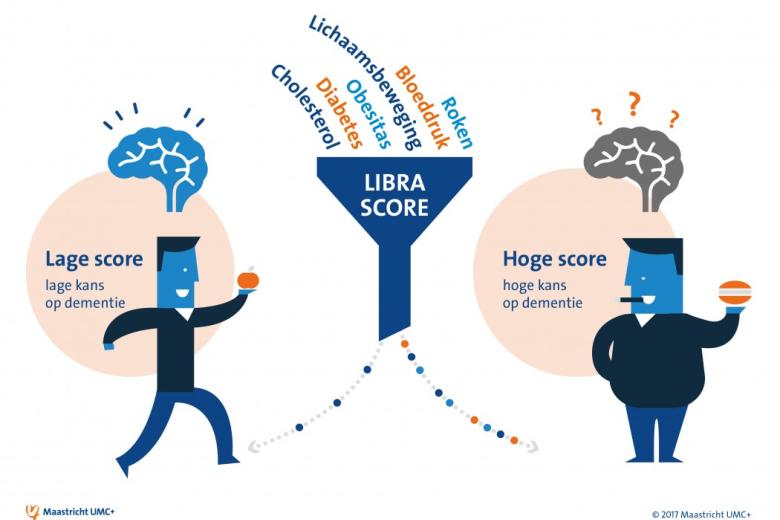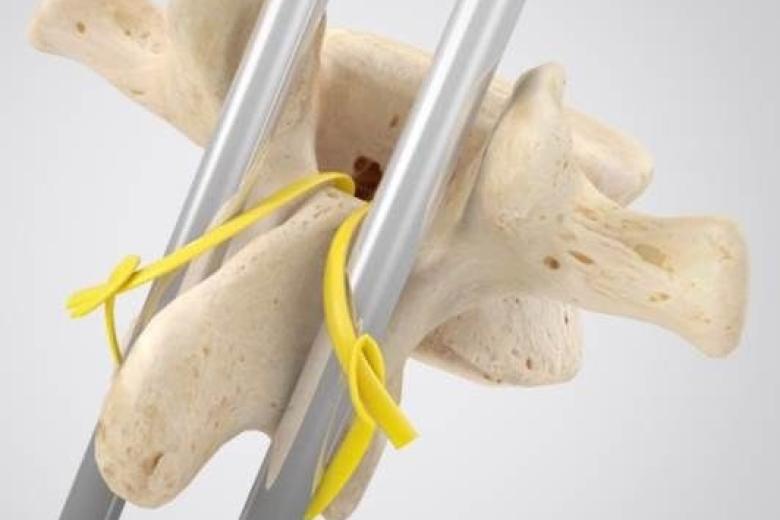Prediabetes results in damage to small blood vessels
When type 2 diabetes is diagnosed, serious complications such as damage to the retina, kidneys, heart nerves and brain may already exist. What all these complications have in common is small blood vessel damage, which has showed to be present already in the preliminary stage of diabetes, referred to as prediabetes.
This discovery, made by doctors and researchers at Maastricht UMC+ as part of the Maastricht Study (De Maastricht Studie), has far-reaching consequences. The main consequence is namely that measures have to be taken much sooner, in fact during the prediabetes stage. Given the fact that almost 25% of people in the Netherlands between 40 and 75 years of age have prediabetes, a large number of whom will actually develop type 2 diabetes, this is a health problem that must not be underestimated.
No symptoms
Prediabetes does not produce symptoms - the person concerned is not aware of anything - but meanwhile damage is being done, initially to the small blood vessels.<0} The result is that organs receive less blood and therefore less oxygen and nutrients, and can no longer function optimally. The researchers determined that this effect takes place throughout the body. They took measurements in the small blood vessels (also known as microcirculation) of the skin and the retina. The same type of damage to the small blood vessels was found in both cases. This damage increases a person’s risk of developing type II diabetes and cardiovascular disease. This means that a method must be found of intervening at that stage in order to prevent further, more serious problems. However, healthcare is not currently geared to doing so. In fact, prediabetes is not investigated specifically at all at present.
The Maastricht Study
The discovery of damage to small blood vessels was made during The Maastricht Study, a large-scale study of thousands of people in the Maastricht/ Heuvelland area of the Netherlands and which examined the causes and consequences of type II diabetes and other chronic diseases. That study involved not only diabetes patients, but also a control group comprising a cross-section of the population; 21% of that control group turned out to have prediabetes.
The researchers’ findings were exceptional for a number of reasons. Measurements of the microcirculation are rarely carried out because they are time-consuming and difficult to conduct.<0} And if measurements are taken, it is usually on a small group. The Maastricht Study was unique in this respect, given the fact that various microcirculation measurements were taken on a large population. The discovery of the effect of prediabetes has been published in Circulation, the most important scientific journal in the field of cardiovascular disease.
Over 1.2 million patients
Type II diabetes is one of the most common chronic diseases affecting people in the western world. Over 1.2 million people in the Netherlands suffer from the condition. What is more, a large number of people have diabetes without knowing it. Diabetes can result in a wide range of complications, many serious, and people also die from diabetes-related causes.
Also read
-
Capillary damage can lead to depression
The Maastricht Study specialises in conducting microcirculation measurements
-
Individual risk profile could help prevent dementia
Prevention of dementia potentially stimulated by drawing up personal risk profile (MUMC+ news).
-
New plastic fixation cable for scoliosis surgery
Less invasive operation, maximum vertebral growth, and no stray metal particles (MUMC+ news).